Oklahoma! Not OK in China
I was reading the weekend version of The Wall Street Journal when I came upon a surprising story out of Beijing.
According to the author of the piece, Wayne Ma, about an hour before the curtain was to go up on the opening of a community theater production of “Oklahoma!”, the cast of foreign and local thespians were told that Beijing authorities wouldn’t allow their performance of the 1943 musical about two cowboys in love with a pair of farm girls.
Per Ma, “Authorities cited a building-code violation at Beijing’s MAKO Arts Display Center. Although producers found two alternate venues, including an international school, they were forced to halve the number of public performances to five. Eight days late, the first shows went off without a hitch, with a full house Saturday and an 80% full house Sunday.”
Looks like there is a back story (and a bit of a conspiracy theory) surrounding this news. A diplomatic official said it appeared that local authors were looking for an excuse to shut down the production (“get them on a technicality”).
Ma went on to explain how the Rodgers and Hammerstein musical “appears to have become a flash point between Beijing officials and the city’s roughly 120,000-strong expatriate community. Beijing has launched a 100-day campaign to “clean out” foreigners living or working illegally in the city, with measures that include passport checks and visits to police to the homes of foreigners.”
Yikes!
So let’s talk about what Beijing is missing.
Rodgers and Hammerstein’s Oklahoma! (1943) signaled an new era for the musical theatre in many ways. One of its most influential innovations was the use of dance as a story telling tool. American ballet choreographer Agnes DeMille created dances that joined the songs and libretto, giving the show a power no other musical comedy had shown before. The all-American story of a cowboy romancing a farm girl touched audiences far beyond US shores.
Here is an awesome video (just over 11-minutes) where Ms. DeMille explains what’s going on — how dance figured into the show. The video includes dance sequences originally choreographed by Ms. DeMille, being performed by members of the American Dance Machine dance cmopany.
(This clip aired on 10/1/79)
You can learn more about Ms. DeMille’s background further down in this piece.
Meanwhile, here is a piece that will put you into the spirit of “Oklahoma!”. It is a compilation put together from the 1955 movie of “Oklahoma!” which starred Gordon MacRae and Shirley Jones. Classic Rodgers and Hammerstein songs include “Oh What a Beautiful Morning”, “The Surrey With The Fringe on Top”, “People Will Say We’re In Love”, and “Oklahoma !”.
Agnes de Mille revolutionized the American musical comedy; “After Isadora Duncan and Martha Graham,†the New York Times’s Jay Carr wrote in 1979, “Miss de Mille has done more than anybody to give dance a foothold in this country.â€
In 1942, de Mille enjoyed her first major success with the ballet, Rodeo. With a score composed by Aaron Copland, the ballet was one of the first to focus on American themes, as well as to combine classical ballet with folk dancing, modern dance, and mime. The ballet was a huge success, receiving twenty-two curtain calls at its premiere.3
De Mille’s success with Rodeo led her to choreograph Rodgers and Hammerstein’s Oklahoma!, and as Jay Carr stated, “Hoping for freshness, they got genius.†The dance sequences in Oklahoma! altered the face of the American Broadway musical forever after. Previously, dance numbers had had little or no connection to a musical’s storyline, but were tacked on merely as a divertissement. In Oklahoma!, however, dance was integrated into the plot and used to further the action. The famous dream sequence in Oklahoma! that explored the main character’s psychology and inner turmoil was so groundbreaking that within a few months every new musical on Broadway contained a similar dream scene.
Van Vechten described Oklahoma! in his article “Terpsichore and the U.S. Army†as “a work—still alive nine years after its creation—which completely changed the role of dancing in subsequent musicals and which elevated Agnes de Mille to an important position in the theatre world.â€
###

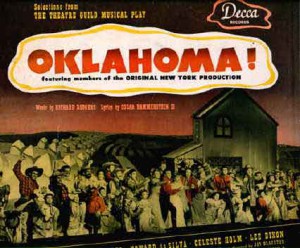
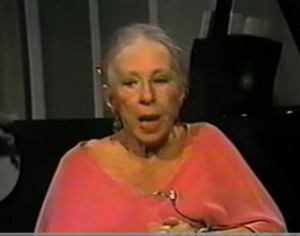
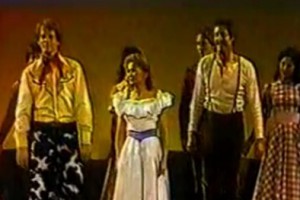
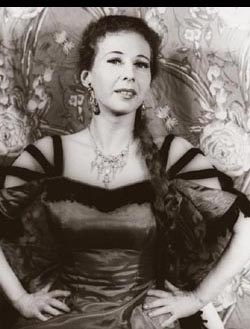










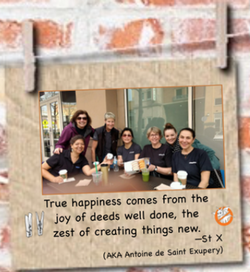






Speak Your Mind